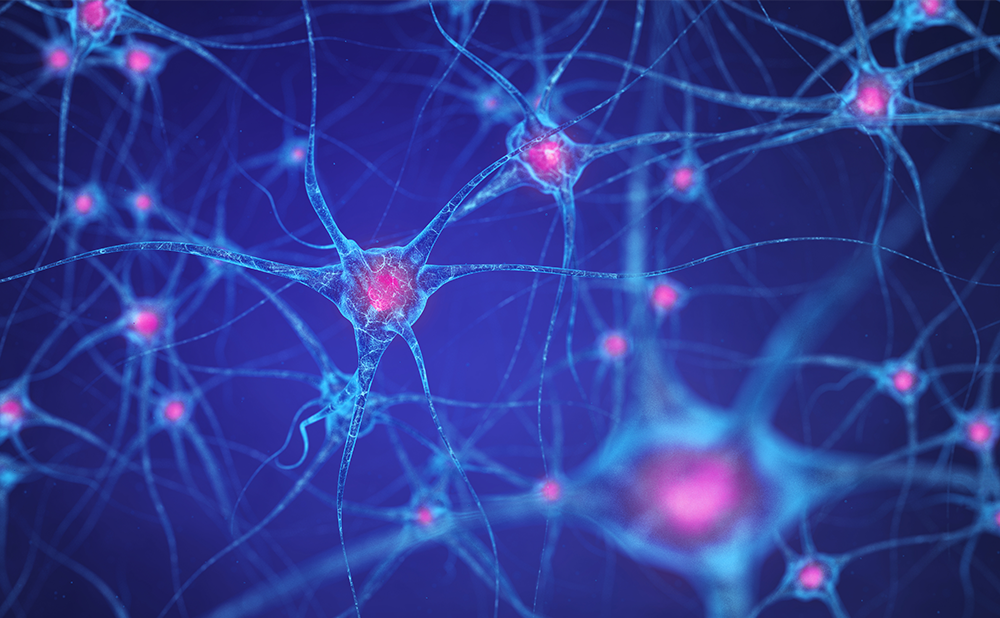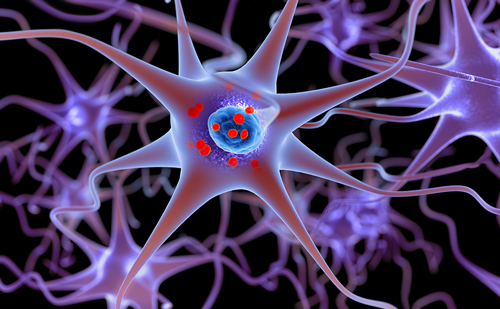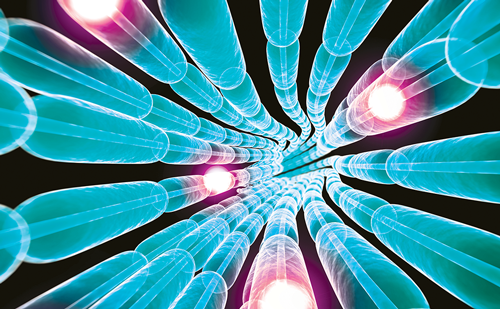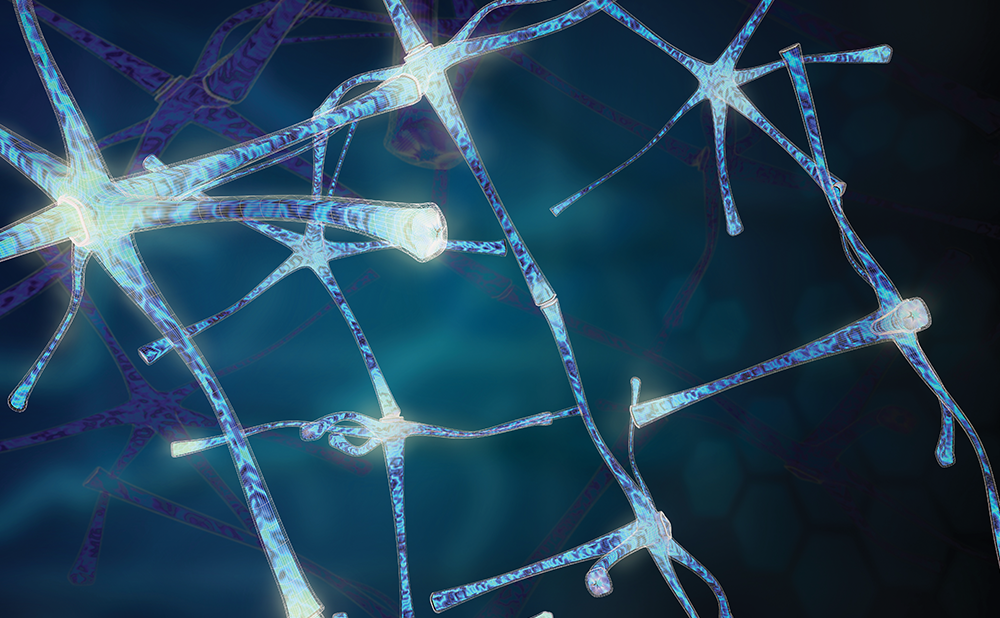Search Results
Showing Results for levodopa/carbidopa intestinal gel

Explore ground-breaking advancements in the treatment of movement disorders in this insightful interview with Prof. K. Ray Chaudhuri, who shares his key takeaways from the 10th Congress of the European Academy of Neurology meeting in Helsinki. He discusses promising new therapies, personalized care approaches, and significant research on the staging of Parkinson's. Additionally, Prof. Chaudhuri emphasizes the importance of holistic treatment, stepped-care strategies, remote management, and the potential of wearable technology in improving patient outcomes, bringing his wealth of knowledge and insights to touchNEUROLOGY

Parkinson’s disease (PD) is a complex neurodegenerative condition that predominantly affects older people, with a rising prevalence worldwide.1,2 There are many on-going challenges and unmet needs in PD: difficulties in making an accurate diagnosis (particularly in the early stages ...

Parkinson’s disease (PD) is a chronic progressive neurodegenerative disorder characterized by the degeneration of nigrostriatal dopaminergic neurons, with its incidence increasing globally.1 With disease progression, the benefit from medications shortens, and symptom control becomes strictly dependent on peripheral levodopa (...

Parkinson’s disease is a progressive synucleinopathy that causes widespread neurodegeneration.1 It is estimated to affect approximately 6.1 million people globally and 0.7–1.0 million people in the USA.2–4 The incidence of the disease is expected to continue to increase over time, and ...

Phenomenology and clinical significance of OFF episodes in Parkinson’s disease Werner Poewe Department of Neurology, Innsbruck Medical University, Innsbruck, Austria The emergence of OFF episodes in Parkinson's disease (PD) marks the transition from the so-called ‘honeymoon’ period of good ...

Chair of the IAPRD 2018 Scientific Program Executive Committee, Hubert Fernandez (Cleveland Clinic, Cleveland, OH, US), discusses identification of patients with Parkinson's disease (PD) at risk of cognitive decline, the advantages of levodopa-carbidopa intestinal gel in advanced PD, recent exciting advances ...

Optimising the effect of dopaminergic treatment in Parkinson’s disease Presented by: Werner Poewe Department of Neurology, Medical University of Innsbruck, Austria In considering dopaminergic treatment of Parkinson’s disease (PD), one must consider dopaminergic drug targets, effect sizes of ...

Introduction Andrew Lees The National Hospital for Neurology and Neurosurgery and Reta Lila Weston Institute of Neurological Studies, Institute of Neurology, University College London, London, UK Professor Lees introduced the symposium by highlighting that there had been several significant landmark ...

Professor Trenkwalder considered that the challenge of how to enhance outcomes for patients was a key focus of clinical care for all clinicians who treated patients with Parkinson’s disease (PD). However, despite receiving multiple medications, many patients with PD ...

Parkinson’s disease (PD) is a progressive neurodegenerative disorder, with a prevalence that increases with age: 41 in 100,000 in the age group 40–49, rising to 1,903 in 100,000 in those aged over 80 years.1 PD is characterised by striatal dopamine deficiency resulting from progressive degeneration ...

Options for Continuous Dopaminergic Stimulation Therapy In patients with advanced Parkinson’s disease (APD), worsening motor symptoms due to motor response complications and dyskinesia (exacerbated by erratic gastric emptying associated with peroral therapy) may be treated optimally by switching to ...

The timing of continuous dopaminergic stimulation (CDS) therapy is an important consideration in achieving the most favourable motor outcomes. According to the official product information in Germany, levodopa/carbidopa intestinal gel (LCIG) infusion should be used for the ‘treatment of ...

The non-motor symptoms (NMS) of Parkinson’s disease (PD) are common and often not fully appreciated. They are sometimes referred to as non-dopaminergic symptoms, which in some cases may be a misnomer. NMS are present at all stages of the ...

In 1975, it was shown that achieving stable plasma levodopa levels by continuous intravenous infusion of levodopa rapidly stabilised motor fluctuations in Parkinson’s disease (PD) patients.1 However, intravenous levodopa infusion did not become a practical treatment option in PD because ...

The management of the later stages of Parkinson’s disease (PD) is greatly impacted by non-dopaminergic problems, such as dementia, depression and falls, and by the emergence of motor complications including motor fluctuations and dyskinesias. Motor fluctuations, such as ‘wearing ...

Lessons Learned about Levodopa Motor fluctuations in Parkinson’s disease (PD) were described as early as 1969 by Cotzias et al.1 Subsequent studies showed that many motor fluctuations were associated with low plasma levodopa levels (troughs) that occurred between oral doses ...

The continuous dopaminergic stimulation (CDS) concept dominates the current therapeutic management of Parkinson’s disease (PD), especially in moderate to advanced stages of the disease. The background is a combination of a number of findings, mainly that: • striatal dopaminergic stimulation ...

Rationale for Continuous Dopaminergic Stimulation Treatment Rationale for Continuous Dopaminergic Stimulation Treatment The link between long-term levodopa treatment for Parkinson’s disease (PD) and the development of motor fluctuations and dyskinesia is well established.1 As the therapeutic window narrows in ...
Latest articles videos and clinical updates - straight to your inbox
Log into your Touch Account
Earn and track your CME credits on the go, save articles for later, and follow the latest congress coverage.
Register now for FREE Access
Register for free to hear about the latest expert-led education, peer-reviewed articles, conference highlights, and innovative CME activities.
Sign up with an Email
Or use a Social Account.
This Functionality is for
Members Only
Explore the latest in medical education and stay current in your field. Create a free account to track your learning.

